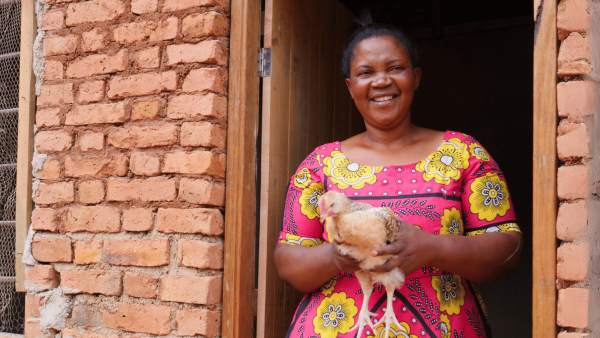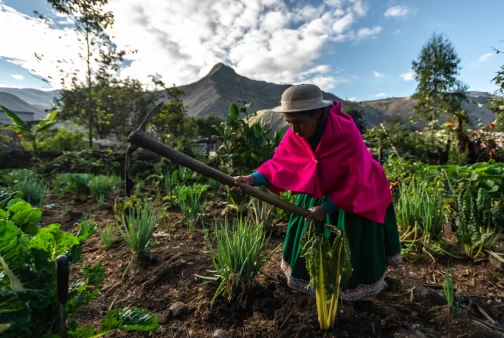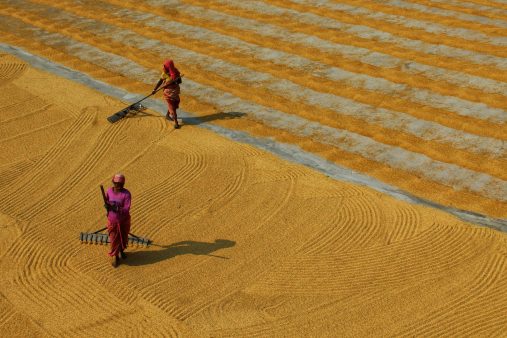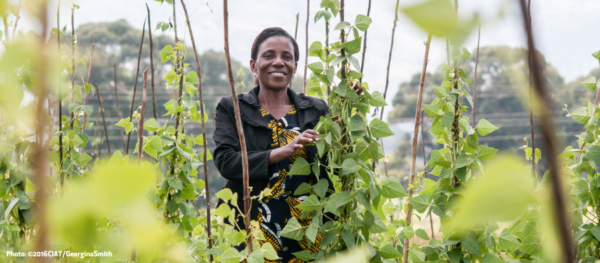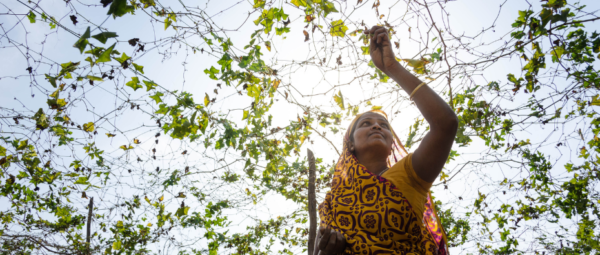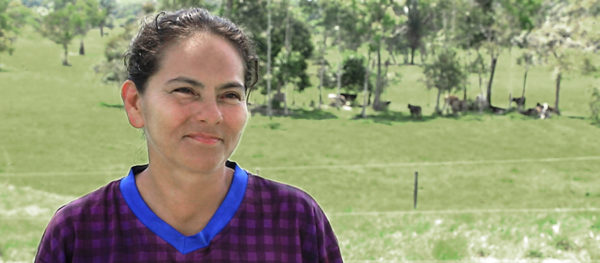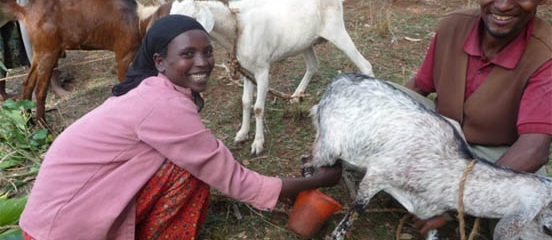Tag: women farmers

Why Africa’s Livestock Intensification Cannot Leave Women Behind
Africa & Middle East: GALVMed experts highlight initiatives to ensure gender-equitable livestock intensification for women livestock keepers.
Read MoreTenure Security Can Empower Women Farmers and Increase Food Security
Latin America & the Caribbean: Increased tenure security for women farmers can lead to more diversified crop production and better food security, according to new research.
Read MoreClimate Smart Agriculture Interventions Must Be Gender-Responsive
Africa & Middle East: Increasing women's participation in climate smart agriculture requires inclusion in decision-making and equal access to resources, research shows.
Read MoreFour Priorities for Gender-Responsive Agricultural Policies
Africa & Middle East: Four key priorities for food systems' policy to better support women in Africa as the continent contends with the impacts of climate change and conflict.
Read MoreBuilding the Resilience of Smallholder Women Farmers in India
Asia: Empowering smallholder women farmers in India in agriculture.
Read MoreA Double Win: Revolutionising African Agriculture to Empower Youth and Sustain the Continent’s Development
Africa & Middle East: An African agricultural revolution can not only help advance the continent’s development progress, but it can also solve the growing challenge of youth unemployment, especially in rural areas.
Read MoreSustainable Pasture Practices Double Milk Production in Colombia
Latin America & the Caribbean: Adopting environmentally-friendly pasture management methods can help female dairy farmers to unlock a dormant cattle industry.
Read More13 Empowering Stories of Women in Family Farming
Global: To celebrate the 2014 International Year of Family Farming, Farming First has curated a list of 13 inspiring stories of women’s empowerment as heads of rural family farms, from our 130+ supporter organisation base. It is the first in our brand new series of content mash ups. Women account for 60 to 80% of smallholder farmers […]
Read MorePartnership to Train Female Dairy Farmers in Pakistan
Asia: As part of GCARD 2010, Farming First hosted a session entitled ‘Better Benefiting the Poor through Public-Private Partnerships for Innovation and Action.’ Within the discussions, our panel of experts addressed several case studies that present different ways that partnerships have helped to empower smallholder farmers around the world. Hans Joehr – Nestec Nestle buys around […]
Read More